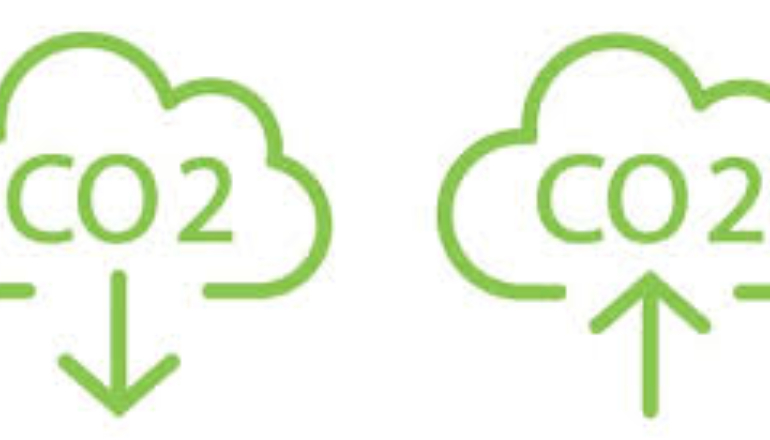India’s carbon emissions are predicted to rise due to increased fossil fuel use in industry, power generation, transportation, and energy consumption.
By 2050, energy demand is expected to surpass any other region, driven by additional factors like urbanization and built space expansion.
Despite this, India’s investments in clean energy have increased rapidly in response to aggressive targets, according to IEA’s World Energy Investment report.
India’s carbon emissions and growth:
• India’s carbon emissions are expected to rise due to increased fossil fuel use in industry, power generation, and transportation.
• India’s annual GHG emissions have nearly tripled since the turn of the century, reaching a record high of 2.7 GtCO₂ in 2022, according to Statista.
• Global energy think tank, Ember Report placed India as the world’s third-largest solar power producer in 2023, surpassing Japan.
• India ranks 7th in the Climate Change Performance Index (CCPI), up one spot from the previous year.
The growth story:
Indian clean energy investment surged to $68 billion in 2023, a 40% increase from 2016 to 2020. Solar PV and low-emission power generation accounted for half. Fossil fuel investments reached $33 billion.
The country ranks high in GHG emissions and energy use but medium in climate policy and renewable energy. India is on track to meet 2°C benchmarks despite low per capita emissions.
The NDC impact:
The country is attempting to meet its national determined contribution (NDC) through long-term policies promoting renewable energy and domestic manufacturing.
However, its heavy reliance on coal, oil, and gas contributes to greenhouse gas emissions and air pollution. India’s high petrol and diesel taxes are disputed, with some describing them as effective but others pointing to government dependence. The country’s energy system, largely reliant on imported fossil fuels, may strain, leading to increased carbon emissions.
Furthermore, India and China’s recent change to the cover decision at COP28, stating ‘phase down’ instead of ‘phase out’, has slowed global efforts to end the fossil fuel era.
Large-scale renewable energy projects negatively impact local communities through land grabs and unequal distribution. Policymakers should focus on transformative adaptation, disaster risk management, ecosystem-based solutions, and equity.
Expert take:
Experts argue that India’s ambitious goal of achieving net-zero emissions by 2070 lacks ambition and political will.
They recommend a bottom-up approach, including tribal and rural communities, faster coal phase-out, reduced gas reliance, and expanded renewable energy.
They also suggest a move to reach net-zero by 2050 and create affordable, accessible, and sustainable infrastructure. India has auctioned over 20 gigawatts of renewable energy capacity in 2023.

